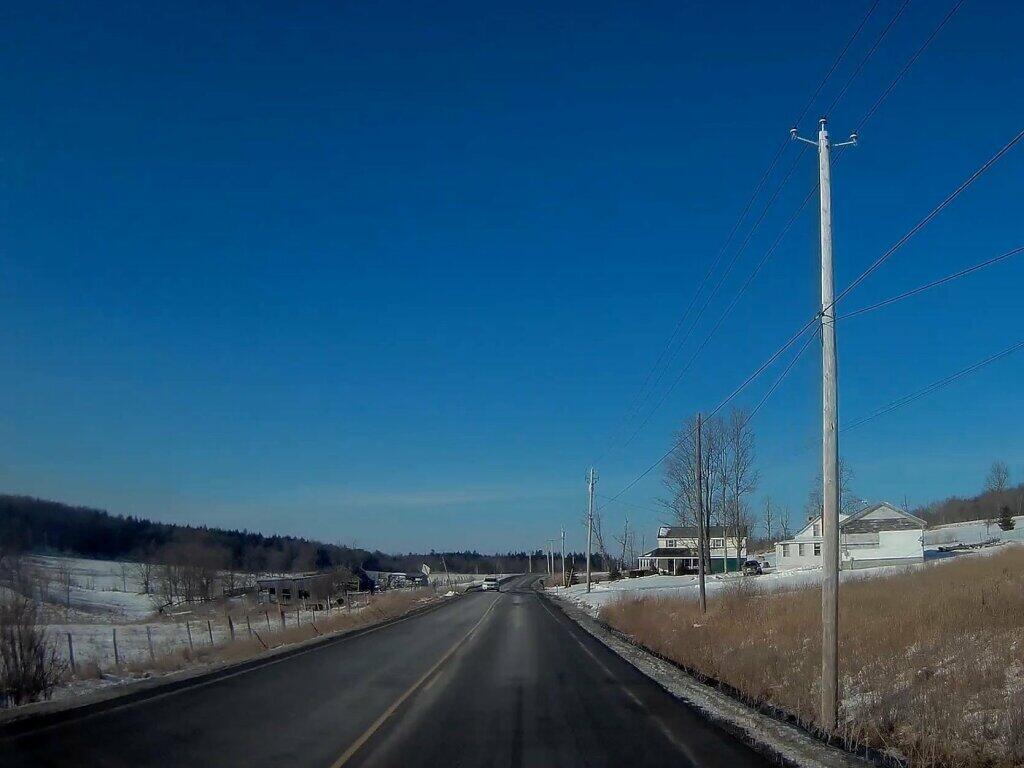I am kind of glad that my Facebook was vandalized … 🦨
It really gave me a kick in ass to get off social media, delete old accounts and replace them with much locked down accounts that follow far fewer people. Probably 2/3rds of the people I was friends on Facebook I hadn’t seen in years, and there just was so much obnoxious politics. I really don’t care that the President went to the bathroom or what he tweeted today.
With my new, semi-secret and secure accounts I can follow what I want and not be bombard with ads or content that I don’t really care about. I might occasionally post pictures from camping trip on Facebook, but I don’t expect to post much on there, and none of the silly things or witty remarks I used so frequently place on there.

